Surgery, Security and Sales: The Future of Closed-Circuit Television
Just as people were experimenting with the uses of broadcast TV in the 1930s, so too were they envisioning ways to utilize closed-circuit TV in the 1950s
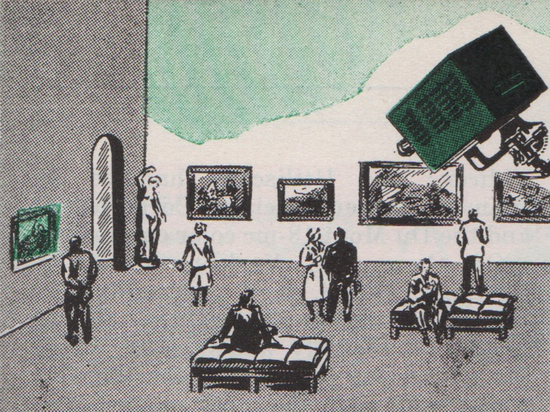
A closed-circuit television camera looks after an art museum (January 1951 Radio-Electronics)
It’s hard to imagine a world before the ubiquitous security camera. In major cities around the world, it’s just expected that we’re all being photographed maybe dozens of times a day.
The CCTV camera has permeated popular culture and is an icon frequently used by artists who are concerned with the rise of the surveillance state. But its predominant image as the Orwellian eye in the sky wasn’t always a given. Just as people were experimenting with the potential uses of broadcast TV in the 1930s, so too were people envisioning different ways to utilize closed-circuit television in the 1950s.
And with the emergence of color television technologies in the early 1950s, the opportunities were even more expansive; CCTV might be used as a way to teach doctors-in-training or sell brightly colored dresses in a shop window while it’s modeled from inside the store.
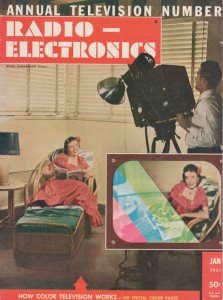
Cover of the January 1951 issue of Radio-Electronics magazine
The January 1951 issue of Radio-Electronics magazine explained how people of the future might put color CCTV to use. The battle over color broadcast TV that the article mentions was an early format war between three different companies looking for FCC approval. CBS had a field-sequential system, Color Television Incorporated (CTI) had a line-sequential system, and RCA had a dot-sequential system. In 1950, the CBS system was the front-runner but it was ultimately abandoned in 1953 and an improved version of the RCA system became the standard.
While the battle over color television broadcasting rages, another type of color television has been taking over without fanfare or opposition. The field being conquered peacefully is industrial closed-circuit television. Already established in monochrome, it is finding color a valuable adjunct.
The term “industrial television” has been interpreted to mean roughly all non-entertainment uses of the new medium, including its employment at fashion shows and in banks. In a number of applications, industrial television supervises operations too dangerous for human beings. It makes possible certain types of advertising displays and saves manpower in work requiring observation at a number of separate points.
Possibly the most publicized application of closed-circuit color television is televising surgical operations. Since internes can learn operating techniques only by watching skilled surgeons, making the operation visible to larger numbers is important.
The idea of a live model showing off a dress through CCTV seems interesting. I’m not aware of any department stores that actually did this. If you are, please let me know in the comments. I’m sure someone must’ve tried this.
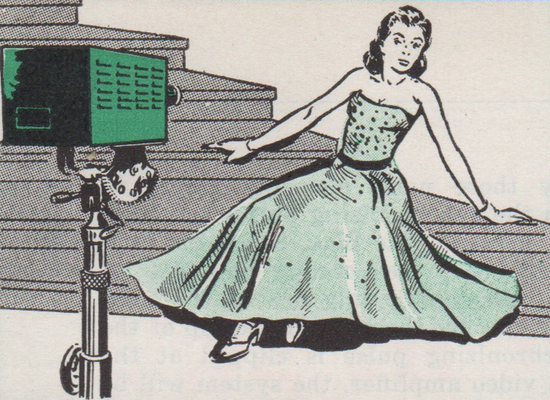
A fashion model showcasing a new dress via closed-circuit television
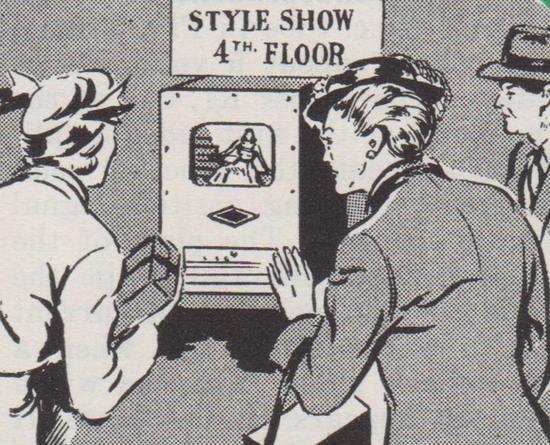
Window shoppers are shown the latest styles available on the 4th floor
It seems banks are always on the forefront of new security technologies. Just as the first practical use of microfilm was by a banker in 1925, this article imagined that new optics would allow for the quick and convenient transmission of signatures in order to verify the authenticity of a check.
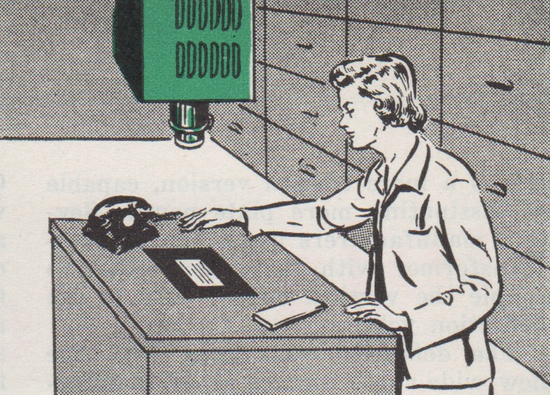
Transmitting the image of a signature to a bank clerk out front
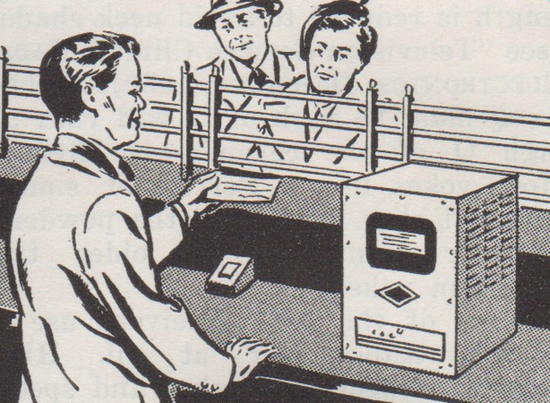
Blank clerk compares the signature on a check to the signature on file, transmitted from the back
Today, the use of TV cameras to investigate mining disasters is commonplace. In 2010, the 33 trapped Chilean miners were seen by a TV camera mounted on a probe sent below.
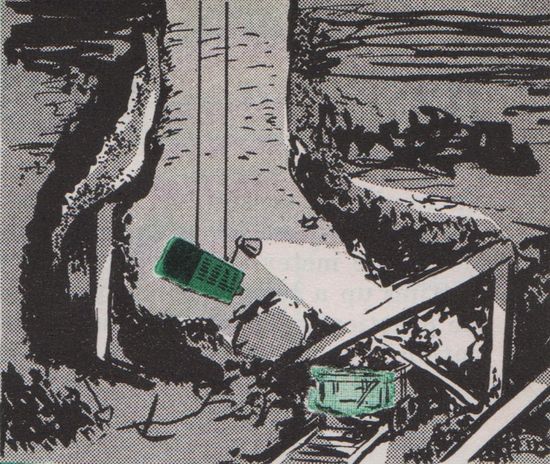
Closed-circuit television camera used to inspect a mine disaster
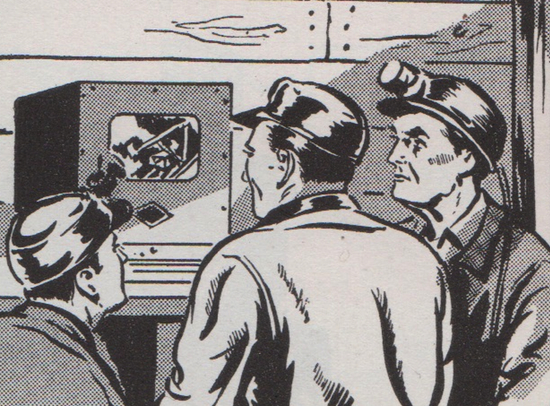
Investigators checking out the mine disaster
Another common use for cameras today, which was predicted in this 1951 article, is for the monitoring of traffic. Below, traffic tunnels of the future are looked after by a lone man (with apparently 24 monitors).
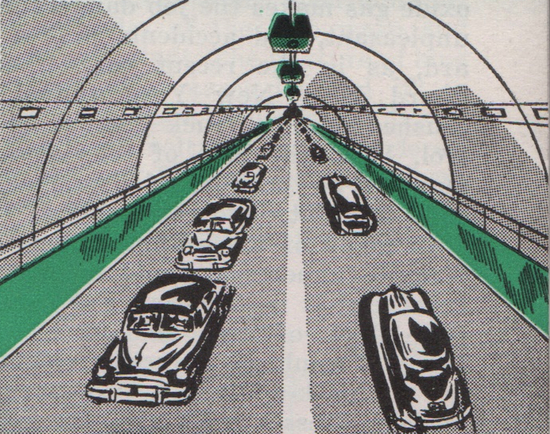
Traffic tunnels of the future with CCTV surveillance
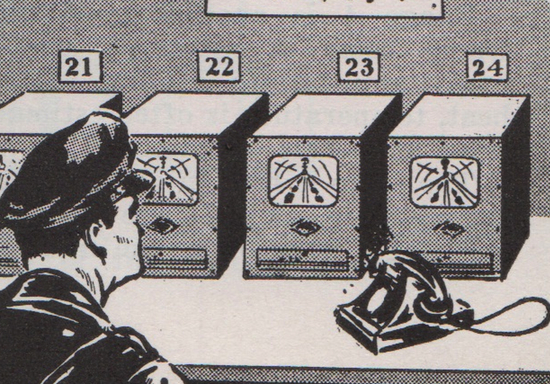
Monitoring the traffic tunnels of the future
And then there’s the infrared camera of the future which will allow you to keep your possessions safe, even in the dark.
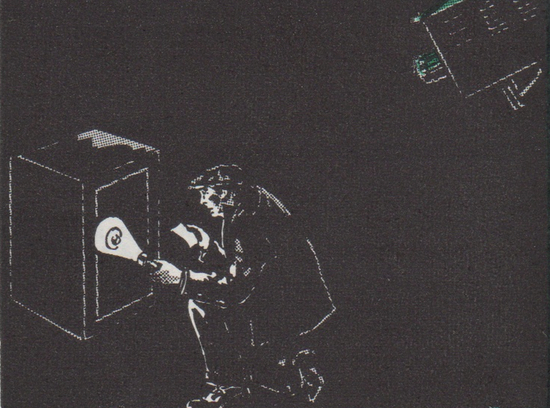
A CCTV camera spies a burglar looking to burgle
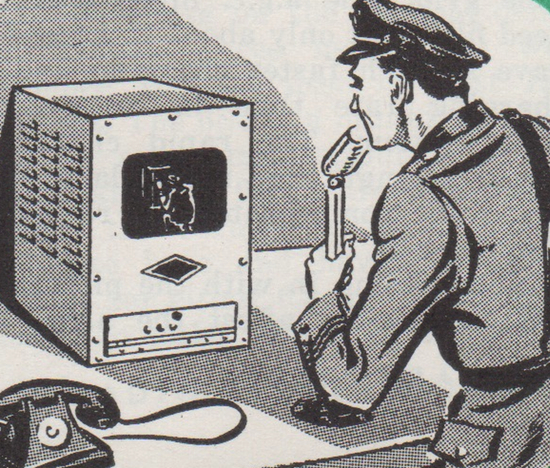
A night watchman calls for back-up as he sees the burglar burgling
Lastly, there is the “staring at gauges” use of CCTV. The article includes a lot of these kinds of illustrations, but I’ve only included one example below. You get the idea…
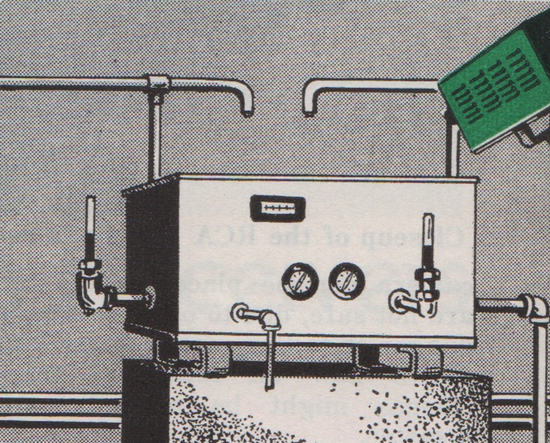
A closed-circuit television monitors gauges in a nuclear research facility
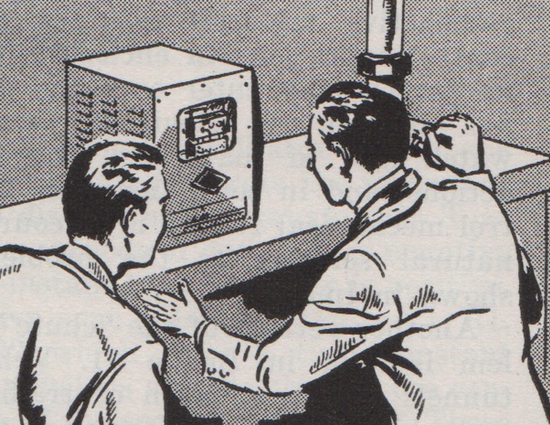
Scientists are able to keep a safe distance as they conduct nuclear research
/https://tf-cmsv2-smithsonianmag-media.s3.amazonaws.com/accounts/headshot/matt-novak-240.jpg)
/https://tf-cmsv2-smithsonianmag-media.s3.amazonaws.com/accounts/headshot/matt-novak-240.jpg)